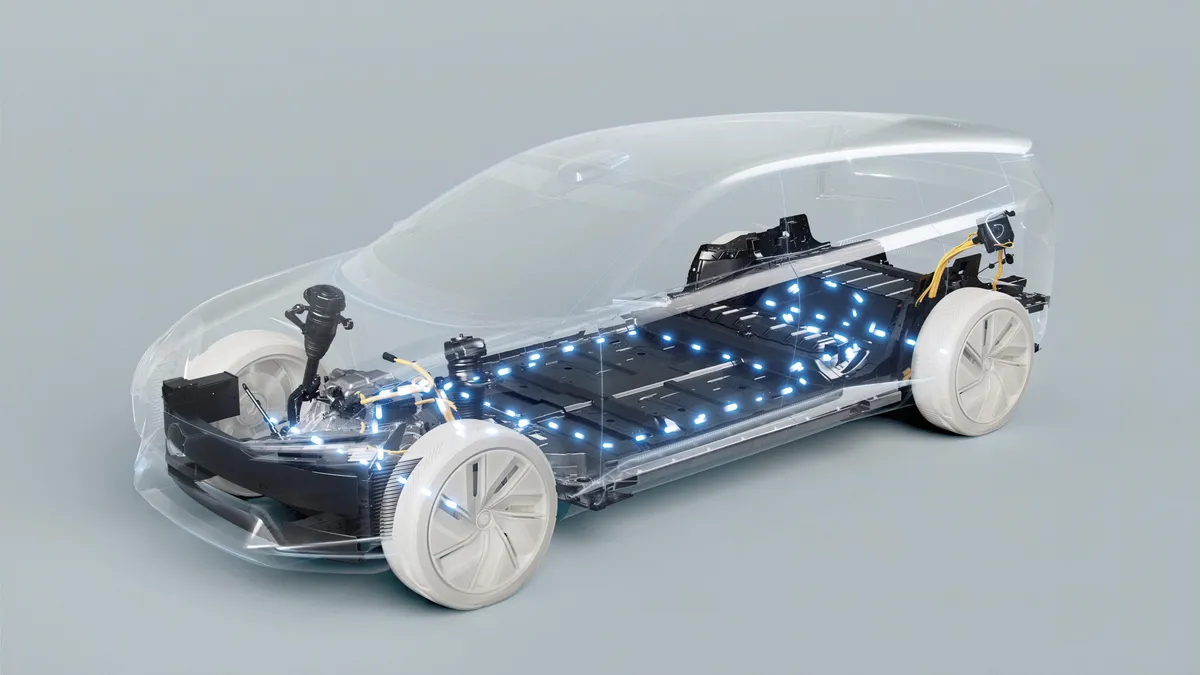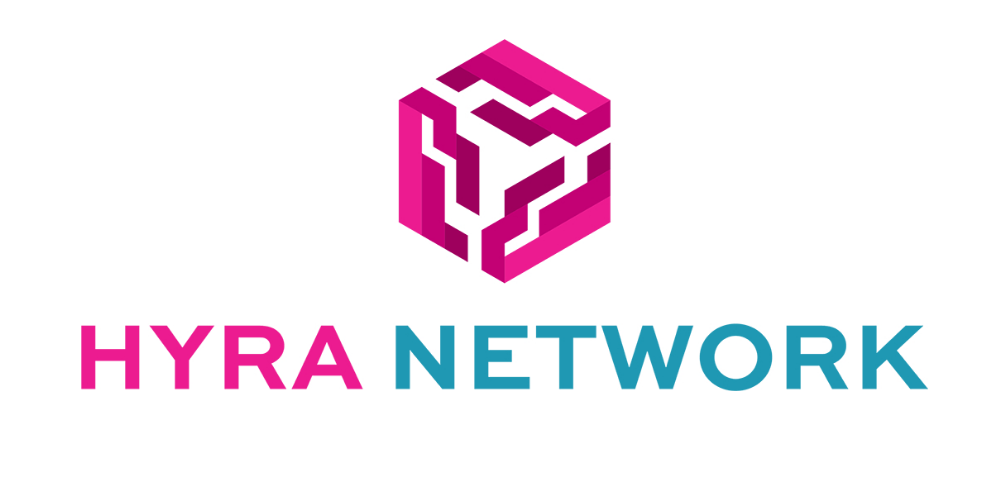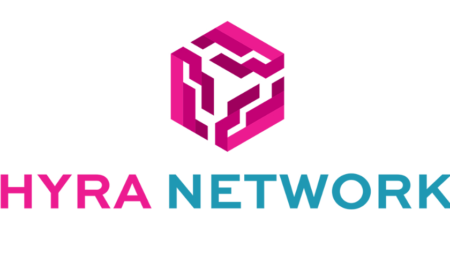The report published by The Brainy Insights shows that the global EV battery market is expected to grow from USD 60.1 billion in 2022 to USD 305.4 billion by 2030, at a CAGR of 19.8% during the forecast period 2022-2030. Asia Pacific emerged as the largest market for the global EV battery market, with a 34.8% market revenue share in 2022. The EV battery market in the region has been growing due to the presence of top EV battery manufacturers. Japan and South Korea have also seen growth in the EV sector. By installing EV charging stations, establishing pollution standards, setting deadlines for converting from internal combustion engines (ICE) to full or hybrid EVs, and taking other actions, the governments of these regions have contributed to the market’s growth.
Electric Vehicle Battery Market Size By Vehicle Type (Passenger Cars, Light Truck/Vans, Medium, and Heavy Truck, Off-highway Vehicles, and Buses), By Battery Capacity (<50 kWh, 50-110 kWh, 111-200 kWh, 201-300 kWh, and >300 kWh), By Propulsion (BEV, HEV, PHEV, and FCEV), By Battery Type (Lead-acid, Lithium-ion, Nickel-metal Hydride, Sodium-ion, and Solid-state), By Bonding (Laser and Wire), By Form (Pouch, Prismatic, and Cylindrical), Global Industry Analysis, Share, Growth, Trends, and Forecast 2022 to 2030
Leading companies in the industry include Hitachi, North Star, GS Yuasa Corp., Sony, ATLASBX Co. Ltd., Narada Power Source Co., Ltd., TCL Corporation, Duracell, Crown Battery Manufacturing, EnerSys, Inc., Huanyu New Energy Technology, C&D Technologies, Inc., Panasonic, NEC Corporation, BB Battery Co. Offer more significant opportunities and continuously focus on new product developments and venture capital investments to obtain market share.
The vehicle type segment of the EV battery market is divided into passenger cars, light trucks/vans, medium and heavy trucks, off-highway vehicles, and buses. The passenger cars segment dominated the market, with a market share of around 23% in 2022. The increasing demand for passenger cars boosts the growth of EV batteries in the segment. The battery capacity segment is divided into <50 kWh, 50-110 kWh, 111-200 kWh, 201-300 kWh, and >300 kWh. The 50-110 kWh segment is expected to grow at the fastest CAGR of 23.3% by 2030. The 50-110 kWh battery’s quick charging at a low cost and good energy efficiency drives the segment’s growth. The propulsion segment is divided into BEV, HEV, PHEV, and FCEV. In 2022, the PHEV segment dominated the market, accounting for around 32.8% of global revenue. The increasing availability of PHEVs owing to the low manufacturing cost drives the segment’s growth. The battery type segment of the EV battery market is divided into lead-acid, lithium-ion, nickel-metal hydride, sodium-ion, and solid-state. In 2022, the solid-state segment accounted for the largest share of the market, with 22.6% and market revenue of 13.5 billion. A solid-state battery pack will have more capacity than a lithium-ion battery of the same size because these characteristics propel the segment’s growth. The bonding segment is divided into laser and wire. The laser segment dominated the market, with a market share of around 63% in 2022. Laser welding is a dependable method to link battery cells and produce battery pack conductive junctions quickly, automatically, and precisely. Precision and non-contact welding, which may be tailored to fit small spaces with limited accessibility by using a concentrated heat source, are benefits of lasers.
Demand for electric vehicles is rising due to the increasing environmental concern. Furthermore, governments worldwide support using alternative fuel vehicles propelling the market’s growth.



































